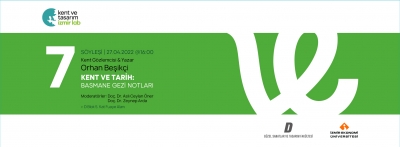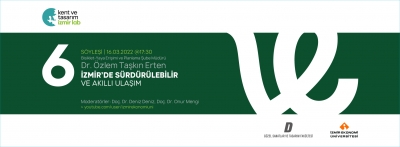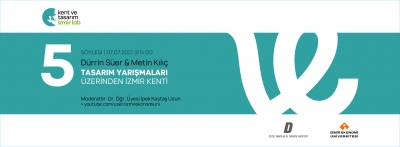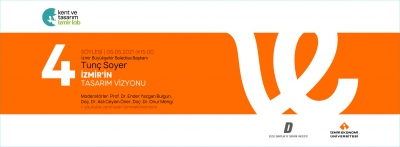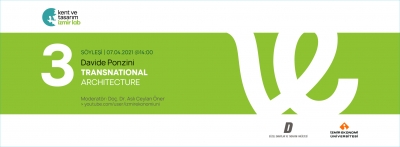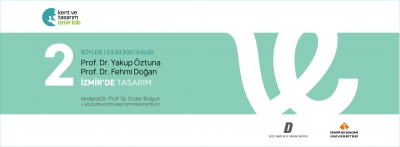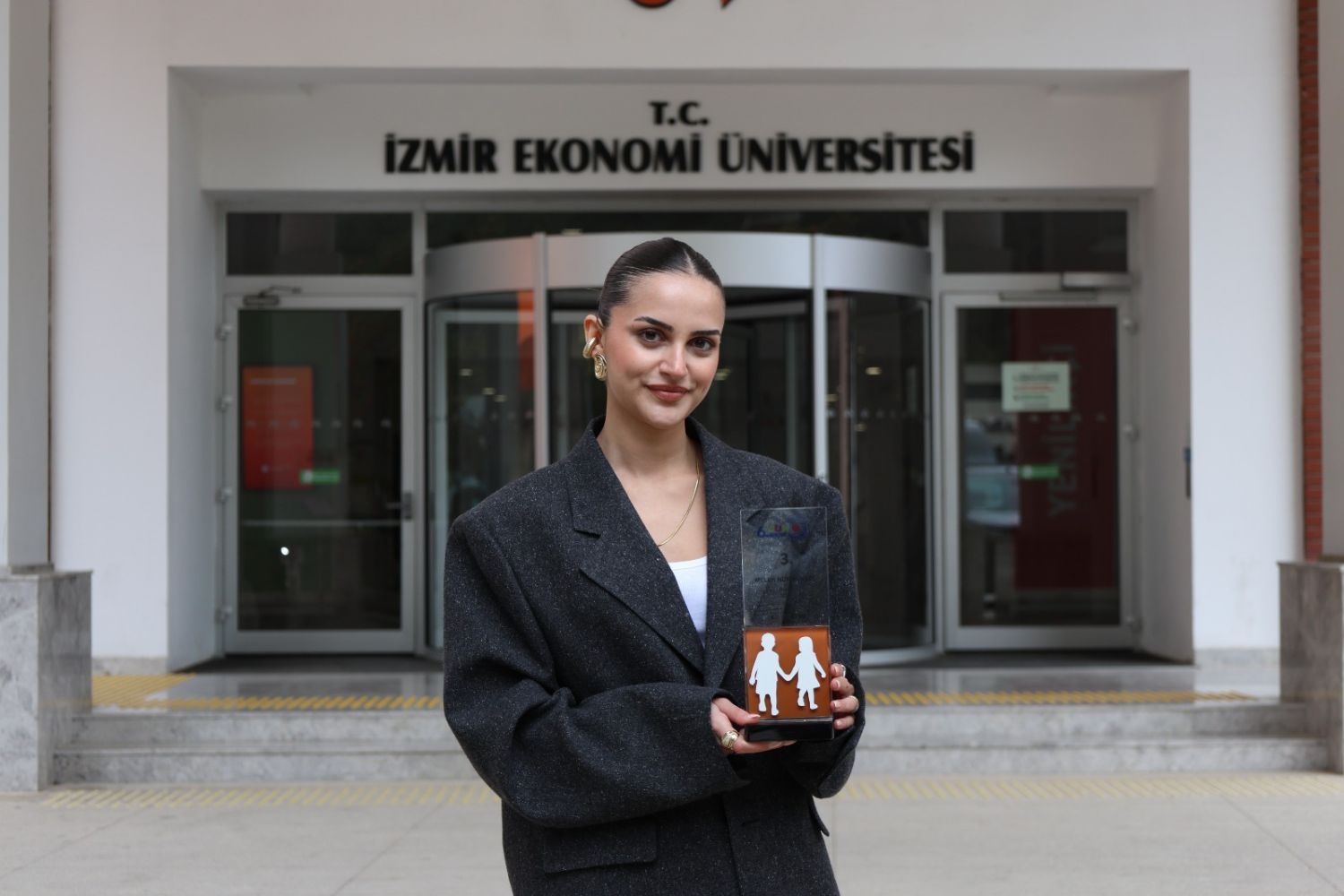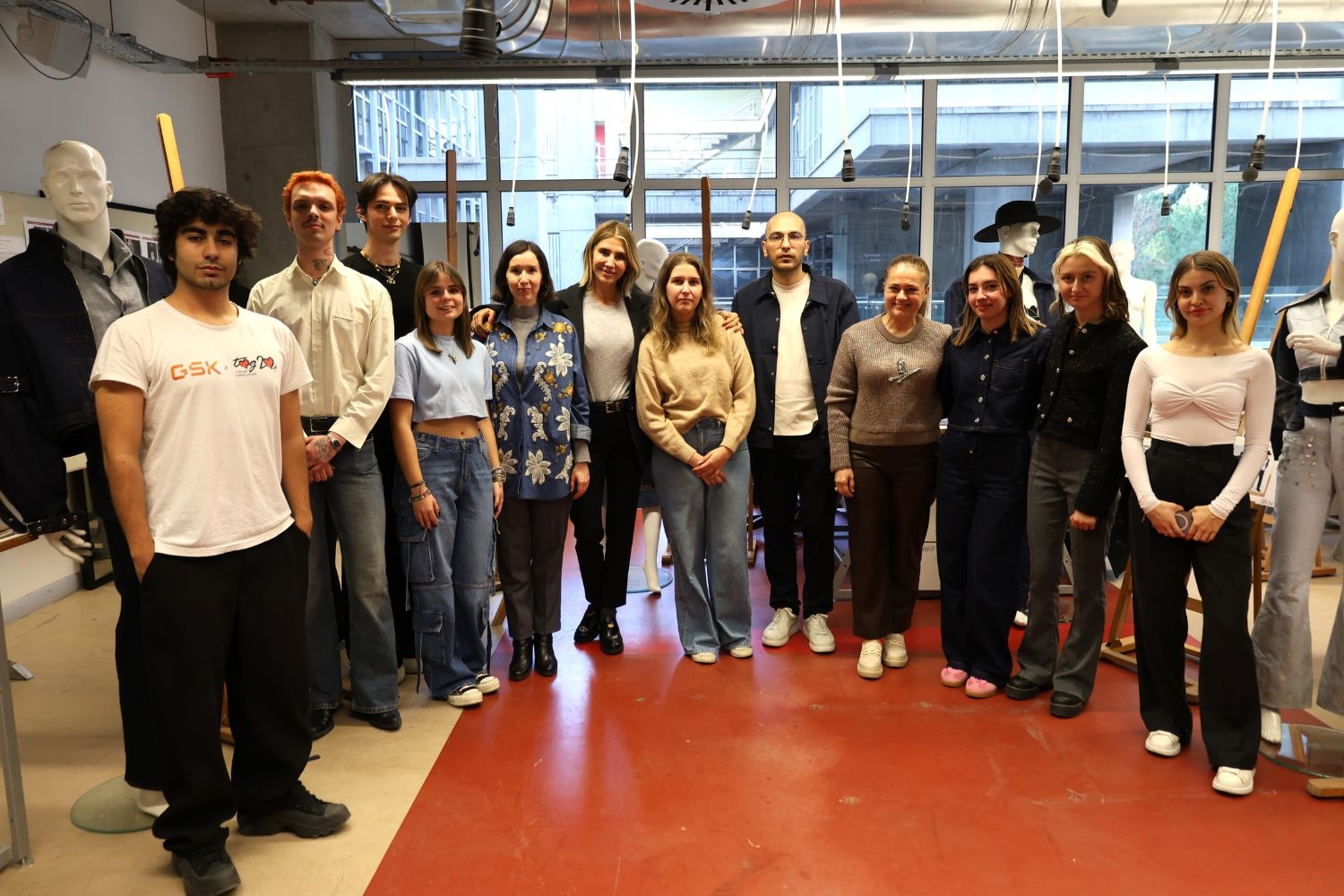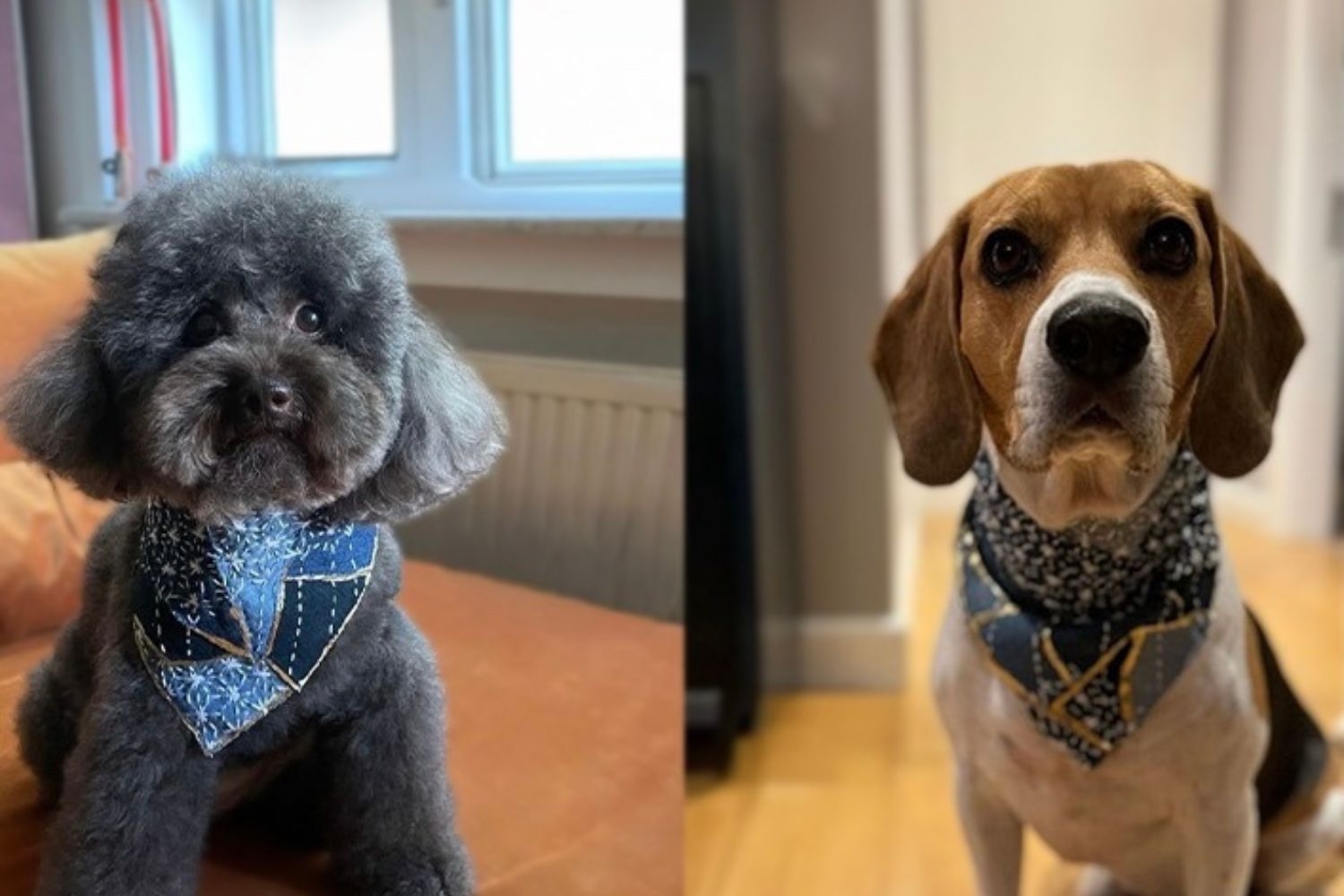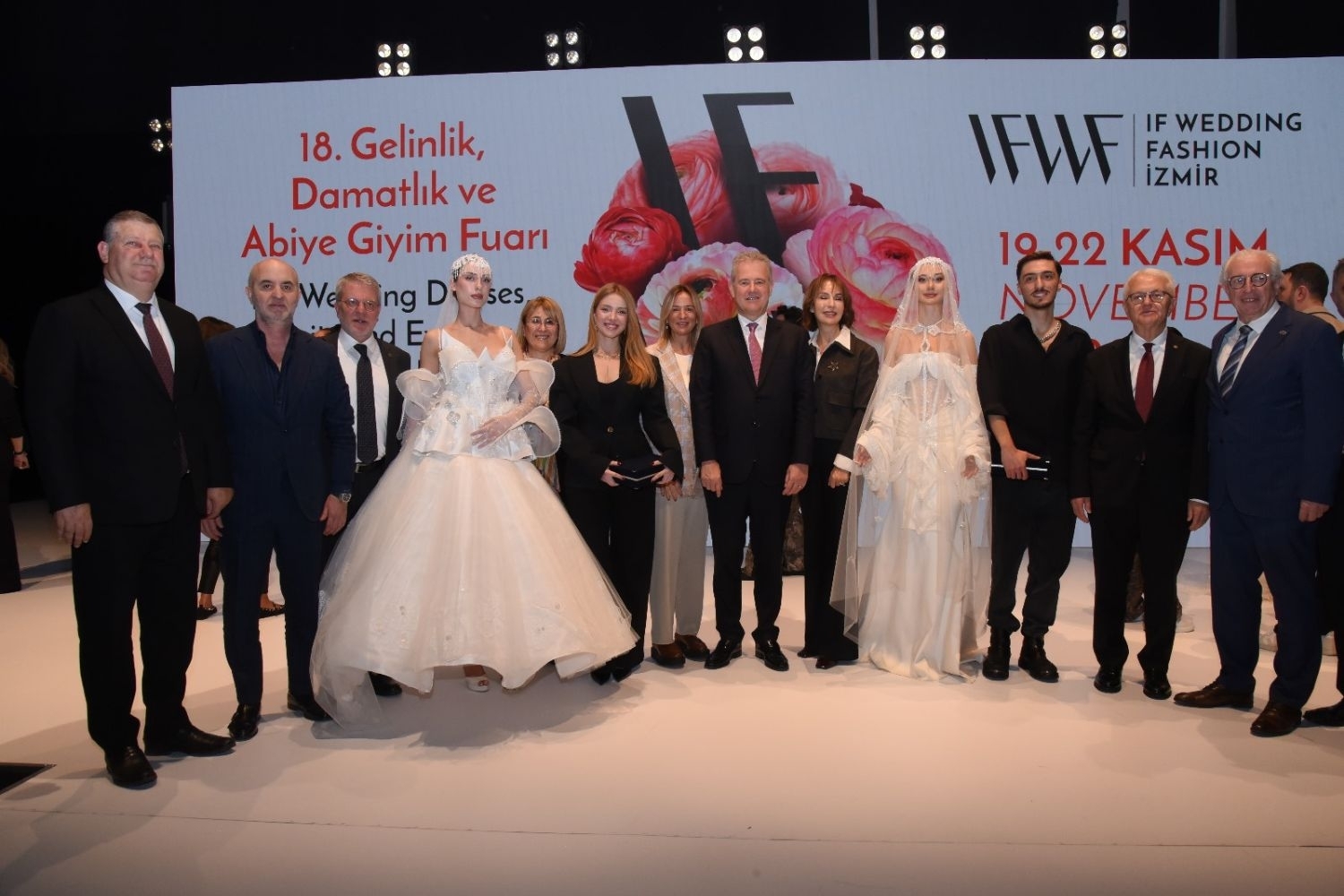FACULTY OF FINE ARTS AND DESIGN
Department of Textile and Fashion DesignFA 494 | Course Introduction and Application Information
| Course Name |
Graduation Thesis
|
|
Code
|
Semester
|
Theory
(hour/week) |
Application/Lab
(hour/week) |
Local Credits
|
ECTS
|
|
FA 494
|
Spring
|
2
|
2
|
3
|
5
|
| Prerequisites |
None
|
|||||
| Course Language |
English
|
|||||
| Course Type |
Required
|
|||||
| Course Level |
First Cycle
|
|||||
| Mode of Delivery | face to face | |||||
| Teaching Methods and Techniques of the Course | DiscussionProblem SolvingCase StudyQ&ACritical feedbackLecture / PresentationReport Writing | |||||
| National Occupation Classification | - | |||||
| Course Coordinator | ||||||
| Course Lecturer(s) | ||||||
| Assistant(s) | - | |||||
| Course Objectives | The objective of this course is to write an academic paper based on extensive literature research. |
| Learning Outcomes |
The students who succeeded in this course;
|
| Course Description | Supported by a series of lectures, paralleled by a series of minor assignments, students will write an academic paper of ca. 3000 words, about a fashion related subject of their own choice. |
| Related Sustainable Development Goals |
|
|
|
Core Courses | |
| Major Area Courses |
X
|
|
| Supportive Courses | ||
| Media and Management Skills Courses | ||
| Transferable Skill Courses |
WEEKLY SUBJECTS AND RELATED PREPARATION STUDIES
| Week | Subjects | Related Preparation |
| 1 | Introduction: what is academic research? What is an academic text? | Flynn, Z.C. & Foster I.M. (2009). Research Methods for the Fashion Industry, Fairchild Books. Chapter 1. Research Theory, pp.1-26. 1. |
| 2 | Lecture: How to formulate a research question; how to find a suitable subject; exercise in finding library sources online; preparation for assignment I Discussion of possible topics. | Flynn, Z.C. & Foster I.M. (2009). Research Methods for the Fashion Industry, Fairchild Books. Chapters 2-3. pp. 27-66. Read the manual "writing a graduation thesis" (included in the syllabus of this course); think about research field. |
| 3 | The purpose and place of references Writing exercise: footnotes. Preparation for assignment II (summary of basic texts in your field of research) | Hand in assignment I: big question, little question + titles of academic texts that will further your research Flynn, Z.C. & Foster I.M. (2009). Research Methods for the Fashion Industry, Fairchild Books. Chapters 2-3. pp. 27-66.Chapters4-5, pp 67-96. |
| 4 | Research methods The use of sources; primary, secondary | Prepare oral presentation of your subject; what kind of sources will you use for answering the ‘little question’? Flynn, Z.C. & Foster I.M. (2009). Research Methods for the Fashion Industry, Fairchild Books. Chapters 6-7-8-9, pp.97-192. |
| 5 | How to handle the writing process and how to avoid plagiarism. Writing exercise; compare three texts | Turn in assignment II (summary of basic texts, 1000 words with footnotes) This text will be the introduction part of your thesis |
| 6 | Creating a bibliography Exercise: create part of your bibliography | |
| 7 | Group appointments with teacher; feedback on assignment II | Bring a proposal for sources for chapter 2 of your thesis |
| 8 | Introduction to assignment V: Draft version of the thesis (Introduction, 2 chapters, conclusion) | Write and turn in assignment III: Proposal for the structure of the thesis with a definitive problem statement, a table of contents and a bibliography |
| 9 | Midterm week | |
| 10 | Individual appointments with teacher for feedback on assignment 3 | Keep writing and prepare questions for feedback session |
| 11 | Assignment IV: Power Point Presentation. Present (plans for) your research in max. 5 slides with a max. of 40 words for each slide | Bring results of your research |
| 12 | Evaluation of the course; preparation for final submission | Turn in assignment V: Draft version of the thesis (Introduction, 2 chapters, conclusion) |
| 13 | Review of draft papers (individual appointments) | Prepare questions for feedback session |
| 14 | Power Point presentations | Turn in assignment VI (final version of thesis) |
| 15 | Semester Review | |
| 16 | Semester Review |
| Course Notes/Textbooks | All the information about the course, plus the Manual: How to write a Graduation Thesis are included in the syllabus belonging to this course Flynn, Z.C. & Foster I.M. (2009). Research Methods for the Fashion Industry, Fairchild Books.
|
| Suggested Readings/Materials | R E C O M ME N D E D T E X T S :
R E C O M M E N D E D W E B S I T E S : http://ss.ieu.edu.tr/downloads/thesis.pdf http://www.columbia.edu/cu/cup/cgos/idx_basic.html http://www.graduate.ua.edu/thesis/manual/index.html http://www.socialresearchmethods.net http://www.mcgill.ca/gps/programs/thesis/guidelines/preparation/ |
EVALUATION SYSTEM
| Semester Activities | Number | Weigthing |
| Participation | ||
| Laboratory / Application | ||
| Field Work | ||
| Quizzes / Studio Critiques |
1
|
20
|
| Portfolio | ||
| Homework / Assignments |
1
|
40
|
| Presentation / Jury | ||
| Project |
1
|
40
|
| Seminar / Workshop | ||
| Oral Exams | ||
| Midterm | ||
| Final Exam | ||
| Total |
| Weighting of Semester Activities on the Final Grade |
3
|
100
|
| Weighting of End-of-Semester Activities on the Final Grade | ||
| Total |
ECTS / WORKLOAD TABLE
| Semester Activities | Number | Duration (Hours) | Workload |
|---|---|---|---|
| Theoretical Course Hours (Including exam week: 16 x total hours) |
16
|
2
|
32
|
| Laboratory / Application Hours (Including exam week: '.16.' x total hours) |
16
|
2
|
32
|
| Study Hours Out of Class |
14
|
1
|
14
|
| Field Work |
0
|
||
| Quizzes / Studio Critiques |
1
|
16
|
16
|
| Portfolio |
0
|
||
| Homework / Assignments |
4
|
9
|
36
|
| Presentation / Jury |
0
|
||
| Project |
1
|
20
|
20
|
| Seminar / Workshop |
0
|
||
| Oral Exam |
0
|
||
| Midterms |
0
|
||
| Final Exam |
0
|
||
| Total |
150
|
COURSE LEARNING OUTCOMES AND PROGRAM QUALIFICATIONS RELATIONSHIP
|
#
|
Program Competencies/Outcomes |
* Contribution Level
|
|||||
|
1
|
2
|
3
|
4
|
5
|
|||
| 1 |
To be able to develop and design a collection independently. |
-
|
-
|
-
|
-
|
-
|
|
| 2 |
To be able to do maintain a design research individually or as a team. |
-
|
-
|
-
|
X
|
-
|
|
| 3 |
To be able to develop entrepreneurship- and managerial skills for a future professional practice. |
-
|
-
|
-
|
-
|
-
|
|
| 4 |
To be able to understand, interpret and apply theoretical knowledge in fashion and textile design. |
-
|
-
|
X
|
-
|
-
|
|
| 5 |
To be able to analyze and integrate the particular local and regional needs and of their profession. |
-
|
-
|
-
|
-
|
-
|
|
| 6 |
To be able to obtain a multidisciplinary point of view, follow and analyze the new issues, changes and trends in contemporary design and art in such a way that they can be integrated into design practice. |
-
|
-
|
-
|
-
|
-
|
|
| 7 |
To be able to apply industrial requirements, knowledge of material & usage and know-how knowledge in the creation of high quality fashion products. |
-
|
-
|
-
|
-
|
-
|
|
| 8 |
To be able to use digital information and communication technologies at a level that is adequate to the discipline of fashion and textile design. |
-
|
-
|
-
|
-
|
-
|
|
| 9 |
To be able to develop an ongoing analytical and professional approach to academic and design research. |
-
|
-
|
-
|
-
|
X
|
|
| 10 |
To be able to recognize the need and importance of a personal lifelong learning attitude towards their chosen area of interest. |
-
|
-
|
-
|
-
|
-
|
|
| 11 |
To be able to collect data in the areas of fashion and textile design and communicate with colleagues in a foreign language ("European Language Portfolio Global Scale", Level B1). |
-
|
-
|
-
|
-
|
-
|
|
| 12 |
To be able to speak a second foreign at a medium level of fluency efficiently. |
-
|
-
|
-
|
-
|
-
|
|
| 13 |
To be able to relate the knowledge accumulated throughout the human history to their field of expertise. |
-
|
-
|
-
|
-
|
-
|
|
*1 Lowest, 2 Low, 3 Average, 4 High, 5 Highest
NEWSALL NEWS

IZMIR UNIVERSITY OF ECONOMICS GÜZELBAHÇE CAMPUS
DetailsGLOBAL CAREER
As Izmir University of Economics transforms into a world-class university, it also raises successful young people with global competence.
More..CONTRIBUTION TO SCIENCE
Izmir University of Economics produces qualified knowledge and competent technologies.
More..VALUING PEOPLE
Izmir University of Economics sees producing social benefit as its reason for existence.
More..









